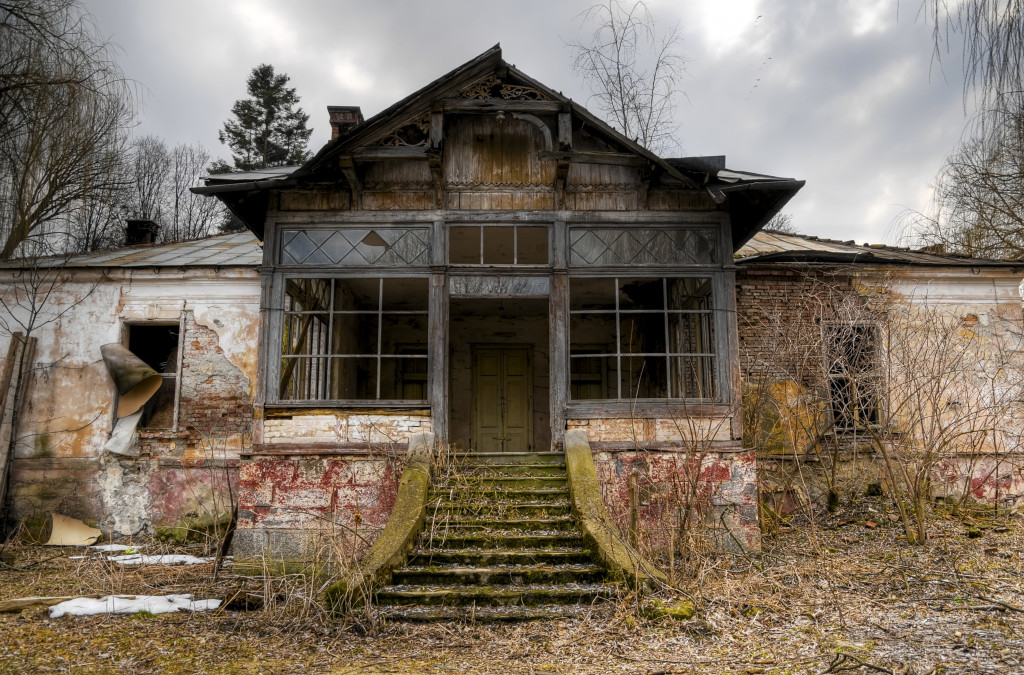Depreciation happens to any home in the market. It’s defined as the loss in value of an asset, and it’s something that every homeowner will eventually experience. But while depreciation is a given, one form of it is particularly troublesome: wet rot.
This article will explain what wet rot is about, its signs in your home, how you can deal with it, and how to prevent it from happening. But, first, it’s vital that you know more about wet rot.
Wet Rot
Wet rot is a form of fungal decay that happens to wood when exposed to too much moisture. Unlike dry rot, wet rot doesn’t need as much water to spread and grow. All it needs is a little bit of dampness, and it can cause severe damage to your home.
Wet rot usually starts as a small problem. A tiny spot of rot on a windowsill, for example. But if left unchecked, it can quickly spread to other parts of the house. And because it feeds on wood, it can cause extensive damage to your property.
This kind of rot presents all sorts of problems. One known issue is that it can weaken the structural integrity of your home. It’s because wet rot attacks the very fibers that hold wood together. When these fibers are weakened, they can cause the wood to break and crumble.
Wet rot can also lead to mold growth. Mold loves damp and humid conditions, and wet rot provides the perfect environment for it to flourish. Not only is mold unsightly, but it can also be dangerous to your health. Some types of mold release toxins that can cause respiratory problems, skin irritation, and even neurological damage.
So how do you know if you have wet rot in your home?
Signs of Wet Rot
Wet rot is pretty hard to spot at the early stages. However, as it starts to spread, there are certain signs that you can look out for. If you see any of the following signs in your home, you may have wet rot:
- Discoloration: Wet rot usually starts as a small dark spot on the wood. As it grows, the wood will begin to change color. The affected area will usually be darker than the surrounding wood.
- Cracking and Warping: Wet rot can cause wood to crack and warp. It’s because the decay weakens the fibers that hold the wood together.
- Mold growth: As mentioned earlier, wet rot provides the perfect environment for mold to grow. You may have wet rot if you see mold growing on any wooden surface in your home.
- Musty smell: Wet rot gives off a musty smell. If you notice this smell in your home, it’s a good idea to check for wet rot.
You must take action immediately if you think you may have wet rot in your home. The sooner you deal with it, the less damage it will cause.

How to Deal With Wet Rot
If you have wet rot in your home, the first thing you need to do is to remove the source of moisture. You can do this by fixing leaks or increasing ventilation in the affected area.
Once the source of moisture has been removed, the next step is to remove the affected wood. It may mean replacing rotted boards or chunks of wood. You must remove all the affected wood, as wet rot can spread quickly and cause further damage to your home.
After removing the affected wood, you need to treat the remaining wood with a fungicide. It will kill any remaining wet rot spores and prevent them from returning.
Once you’ve dealt with the wet rot, you must take steps to prevent it from happening again.
Prevention
Preventing wet rot from happening can save you a lot of money. One way to do this is by replacing any wooden parts of your home with metal.
Metal
Metal is much more resistant to the elements. Moreover, some metal like stainless steel has been known to be resistant to rust. One crucial part of your home that you should consider replacing is your roof.
A wooden roof is susceptible to all kinds of problems, and wet rot is just one of them. If you want to avoid these problems, consider getting a metal roof professional to replace them. A metal roof is far more resilient and can last much longer without maintenance. In addition, it’s the best way to prevent wet rot from happening.
Reduce Moisture
Another way to prevent wet rot is by regularly checking your home for any signs of moisture. You must take action immediately if you find any leaks or damp areas. The sooner you fix the problem, the less damage wet rot can cause.
You can also reduce moisture in your home by increasing ventilation. You can do it by opening windows and doors more often. You can also use a dehumidifier to help remove moisture from the air.
Wet rot can cause a lot of damage to your home, so you must take action immediately if you think you have it. By following the tips above, you can deal with wet rot and prevent it from happening altogether. As a result, you can save yourself from the expensive costs and live safely without worrying about wet rot damage.

